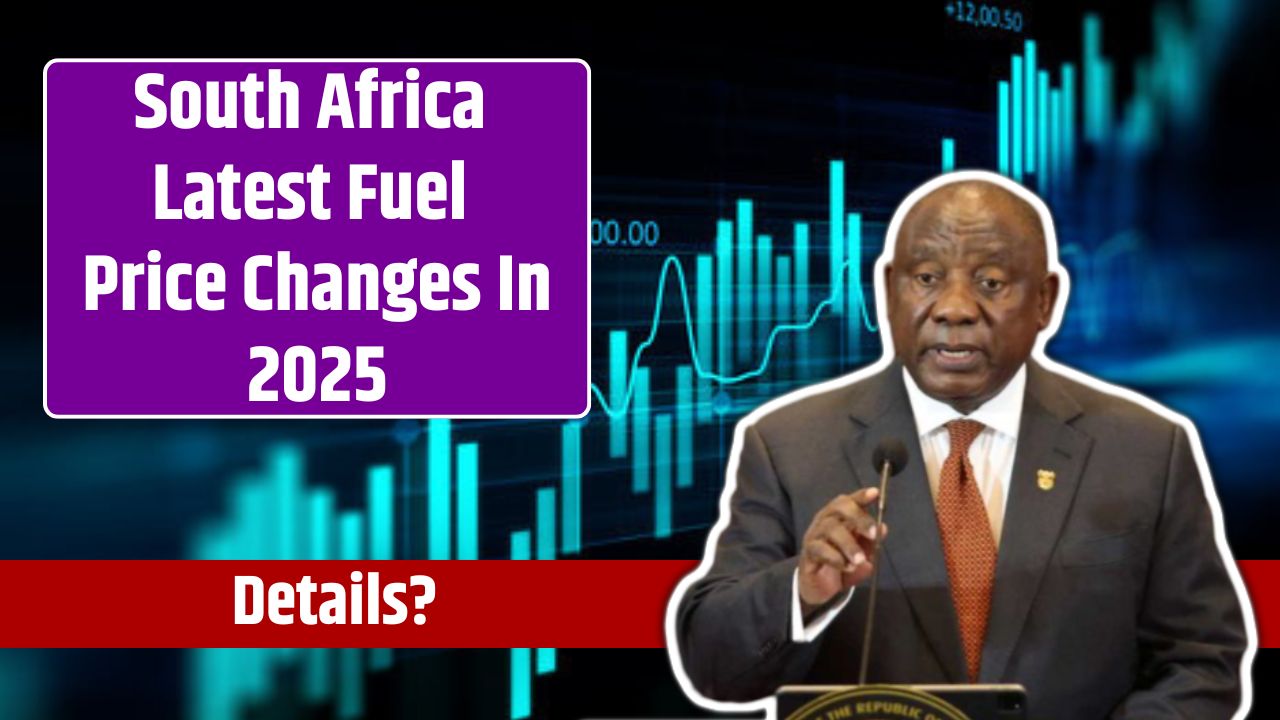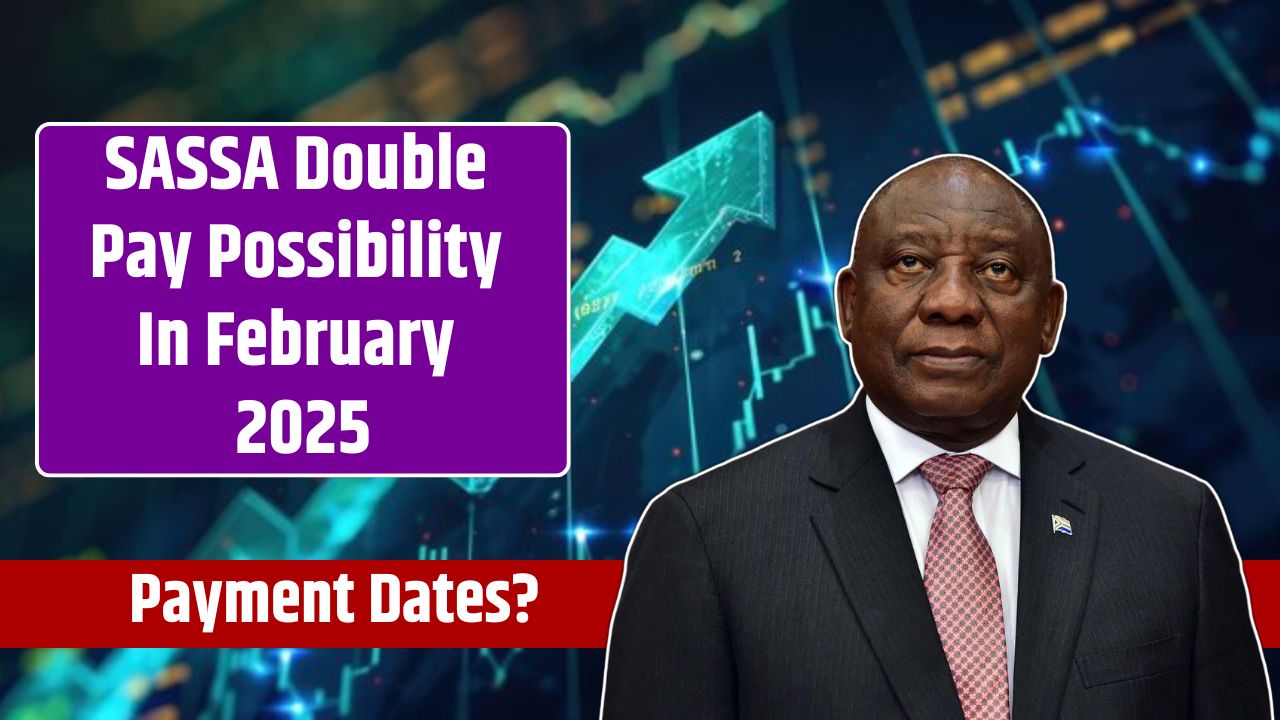As we kick off 2025, South Africans brace themselves for another round of fuel price adjustments.
With the Department of Energy (DoE) poised to reveal the official numbers in early January, understanding the mechanisms and factors behind these changes is crucial for households and businesses alike.
Whether you’re planning a road trip or managing a fleet, staying informed helps you prepare for potential financial impacts.
Mechanism
South Africa’s fuel pricing is based on a transparent, regulated model. Unlike in many other countries, prices here are adjusted monthly to reflect global and local economic shifts. Here’s how it works:
- Crude Oil Costs: Global oil prices play a starring role. If crude prices rise, so do pump prices.
- Exchange Rates: The rand-to-dollar exchange rate directly impacts the cost of importing oil. A weaker rand means higher prices.
- Transportation Costs: Moving fuel from refineries to service stations adds to the final price.
- Taxes: Levies like the Fuel Levy and Road Accident Fund Levy make up a substantial portion of the price.
This system ensures a degree of fairness, but it also means that global trends quickly impact local consumers.
January 2025 Drivers
Several key factors are shaping the expected fuel price changes this month:
Crude Oil Trends
The global crude oil market remains the most significant driver of fuel costs. Events such as OPEC production cuts or geopolitical tensions can lead to price hikes.
While global supply chains stabilize, increasing demand during the Northern Hemisphere winter could push prices higher.
Exchange Rate Fluctuations
South Africa’s reliance on imported oil makes the rand-dollar exchange rate pivotal.
A depreciating rand, as seen in recent months, adds pressure on local prices. Any recovery of the rand, however, might cushion some of the increase.
Seasonal Demand
Globally, colder months drive up oil demand for heating, indirectly affecting South African fuel prices. Locally, holiday travel during December and January also plays a role, boosting demand for petrol and diesel.
Infrastructure and Local Factors
While rare, domestic issues like refinery disruptions or pipeline inefficiencies can temporarily inflate costs. Maintaining infrastructure reliability remains crucial to minimize these risks.
Predicted Adjustments
While official announcements are pending, estimates suggest the following:
| Fuel Type | Current Price (Dec 2024) | Expected Increase | New Price (Jan 2025) |
|---|---|---|---|
| Petrol 95 Octane | R21.50/L | +R0.50 | R22.00/L |
| Petrol 93 Octane | R21.30/L | +R0.40 | R21.70/L |
| Diesel (0.05% Sulfur) | R20.00/L | +R0.60 | R20.60/L |
| Diesel (0.005% Sulfur) | R20.20/L | +R0.50 | R20.70/L |
| Illuminating Paraffin | R15.50/L | +R0.30 | R15.80/L |
These figures reflect a blend of global and local economic realities, but the DoE’s official figures may differ slightly.
Planning
The best way to manage rising fuel costs is through proactive planning. Here’s how:
- Drive Efficiently
Reduce unnecessary acceleration, maintain consistent speeds, and ensure your car is in good condition. These small habits can lead to significant fuel savings. - Consider Alternatives
Public transport, carpooling, and cycling are cost-effective ways to cut down on fuel use. - Monitor Prices
Stay updated on price announcements to decide the best time to refuel. - Adjust Your Budget
Anticipate higher expenses in January and allocate funds accordingly.
South Africa’s January 2025 fuel price updates reflect the intricate interplay of global and local factors.
While rising costs are often unavoidable, adopting energy-efficient practices and staying informed can help soften the blow.



















